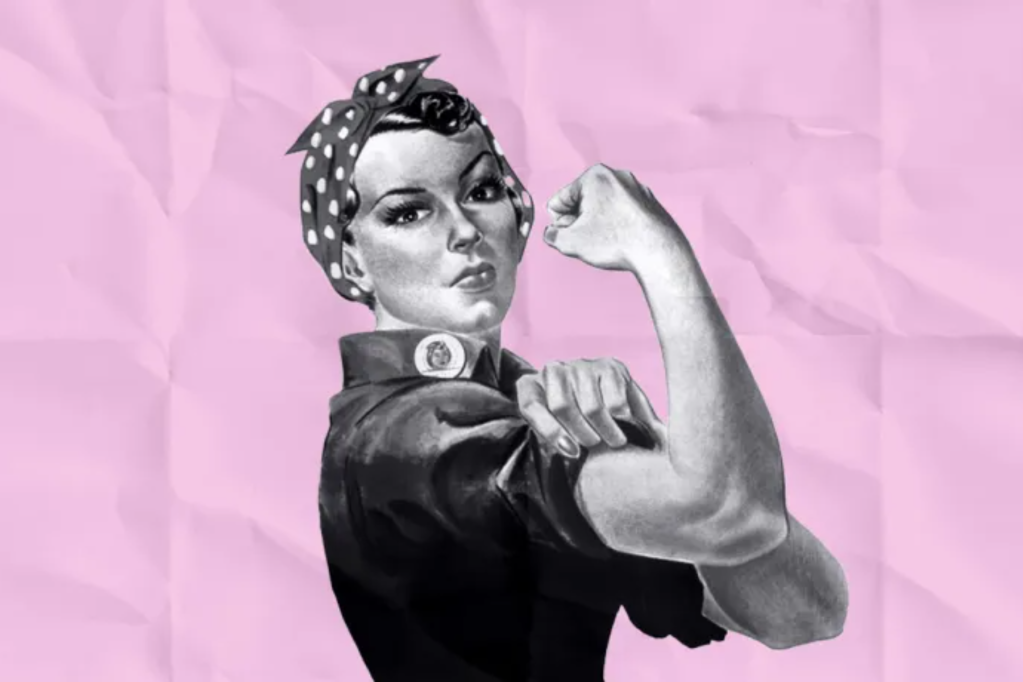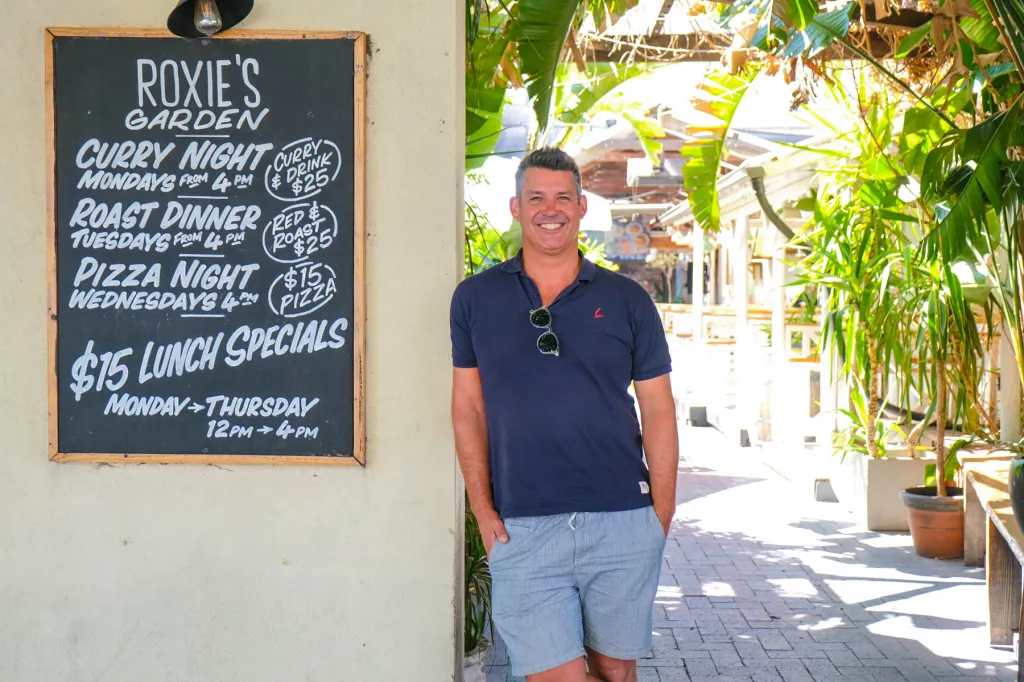The barriers to women in male-dominated industries, and how to break them

Females make up just 16 per cent of university and VET STEM graduates, even though research shows girls perform as well as boys in those subjects when they are interested and engaged. We know women are interested in male-dominated industries, so why aren’t they entering them?
Female engagement around the world has shown it’s not that women aren’t interested in STEM and the male-dominated industries it serves.
According to the “Busting Myths about Women in STEM” paper from the Office of the Chief Scientist, women’s participation in STEM increases when they are in inclusive cultural environments, busting the myth that women are not interested in these careers.
It found that women make up 40 per cent of engineers in China, 44 per cent of engineer graduates in Malaysia, and 58 per cent of engineers in the former USSR. However, women in Australia and other Western countries have made up just 14 per cent of the engineering industry.
By the time students reach year 12, boys outnumber girls four to one in physics, almost two to one in advanced mathematics, and more than 10 to one in digital technologies classes. So why are girls not entering STEM, construction, and other male-dominated industries, and how can we help them get there?
Speaking at a forum around the challenges women are facing in the area, Eva Balan-Vnuk, the Department of Treasury and Finance’s chief information officer says sometimes the problem is women themselves.
“We might say, ‘am I too bold? Am I too loud? Am I too colourful? Am I wearing too much fancy makeup or something? Am I too something or am I not enough to do a role?’,” she says.
You might like
“We just need to find the cheer squad around us… but we also have to have more courage in ourselves.”
Kiara Johnson, owner and director of Platinum Civil Construction Group and KSJ Consulting Service, and recent recipient of the 40 Under 40 Social Impact Award, says a lack of female leadership in the construction industry is a key factor in fewer women taking on roles.
“Particularly being an Aboriginal woman, being a minority within a minority in the construction industry. It’s quite frustrating, because there isn’t a lot of females, full-stop, in construction, and very little Aboriginal women,” Kiara says.
“So, a lot of the organisations that represent women in construction don’t have Aboriginal people participating in their leadership groups or their boards themselves.”
Now we know some of the problems, how can we fix them? The panel spoke about changes they had seen in their workplaces which had real impacts.
Michelle Lyon-Green, director of talent and workforce planning at engineering services and technology solutions company Nova Systems Australia and New Zealand, says the company has introduced a few things to make the workplace more accessible.
Subscribe for updates
“We’ve gone above and beyond the national standards around flexibility. So, for example, you don’t need to wait 12 months being in the organisation to be offered flexible work arrangements, you get that on day one,” Michelle says.
“We also have a policy where you can go and work from another location for up to four weeks of the year, which may help some women in terms of those caring responsibilities when you’re not in the same state as your aging parents perhaps.
“But we also have a long way to go. We are in a male-dominated industry, our client is very male-dominated.”
Michelle says even the wording of job advertisements can go a long way to making industries more accessible to women.
“I’ve seen a couple of job adverts where it says something like ‘you might not have all the skills that we’re looking for but we still want to hear from you’,” she says.
“We all know that as men, they’ll read a job advert and go ‘oh, I’ve got six out of ten, I’m a shoo-in’, whereas women will go ‘oh I’ve only got eight out of ten I don’t think I’ll apply’.”
Early starts in the construction industry were another barrier spoken about.
Kiara spoke about her struggles to make it to 6am pre-starts in a previous construction role, with childcare not opening until 6:30.
“So now what I do in my company is I don’t work with clients unless they’re prepared to work with us,” she says.
“The amount of contracts that I’ve said no to because your values don’t align with my business’ values is incredible.”
Kiara says there needs to be larger policy changes in place to make it easier for women to stand their ground and make the changes needed.
“Let’s put some big female participation targets on. And I’m not talking about women holding lollipops or women in the labour-hire, I’m talking about women at all different levels of the organisation.”

